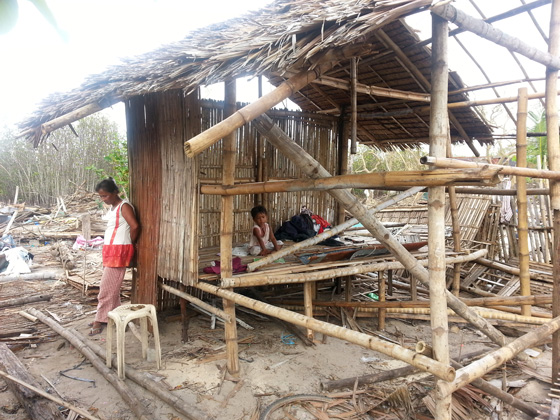25 November 2013
Two weeks after super typhoon Haiyan swept across the Visayas region of the Philippines, the UN-Habitat is leading an assessment of damages to smaller communities affected by the storm. While media attention has focused on the destruction in Tacloban City, the Philippines' Department of the Interior and Local Government (DILG) requested for the UN-Habitat to assist communities in Region VI, which have been similarly devastated. At current count, it is estimated that 2.71 million people in Region VI have been affected by the typhoon, nearly half of the local population.
The UN-Habitat's team was well received on the ground by municipal authorities, and witnessed the complete destruction of many coastal settlements. The UN-Habitat has been actively conducting an assessment of shelter and settlement needs across Region VI of the Western Visayas. The current damage count stands at 458, 331 homes, with more than half experiencing totally damaged shelters.
With the number of displaced persons at over 2.5 million, many residents are eager to return to their homes and rebuild their shelters with damaged and makeshift materials. As these haphazard shelters can pose an even greater vulnerability in future disaster scenarios, UN-Habitat recognizes the importance of constructing sustainable shelters, and is committed to assisting these displaced groups to develop dwelling units that facilitate long-term habitation.
UN-Habitat is currently raising funds and seeking donor assistance in its efforts to help Region VI to build back safer shelters, and sustainable urban settlements.








